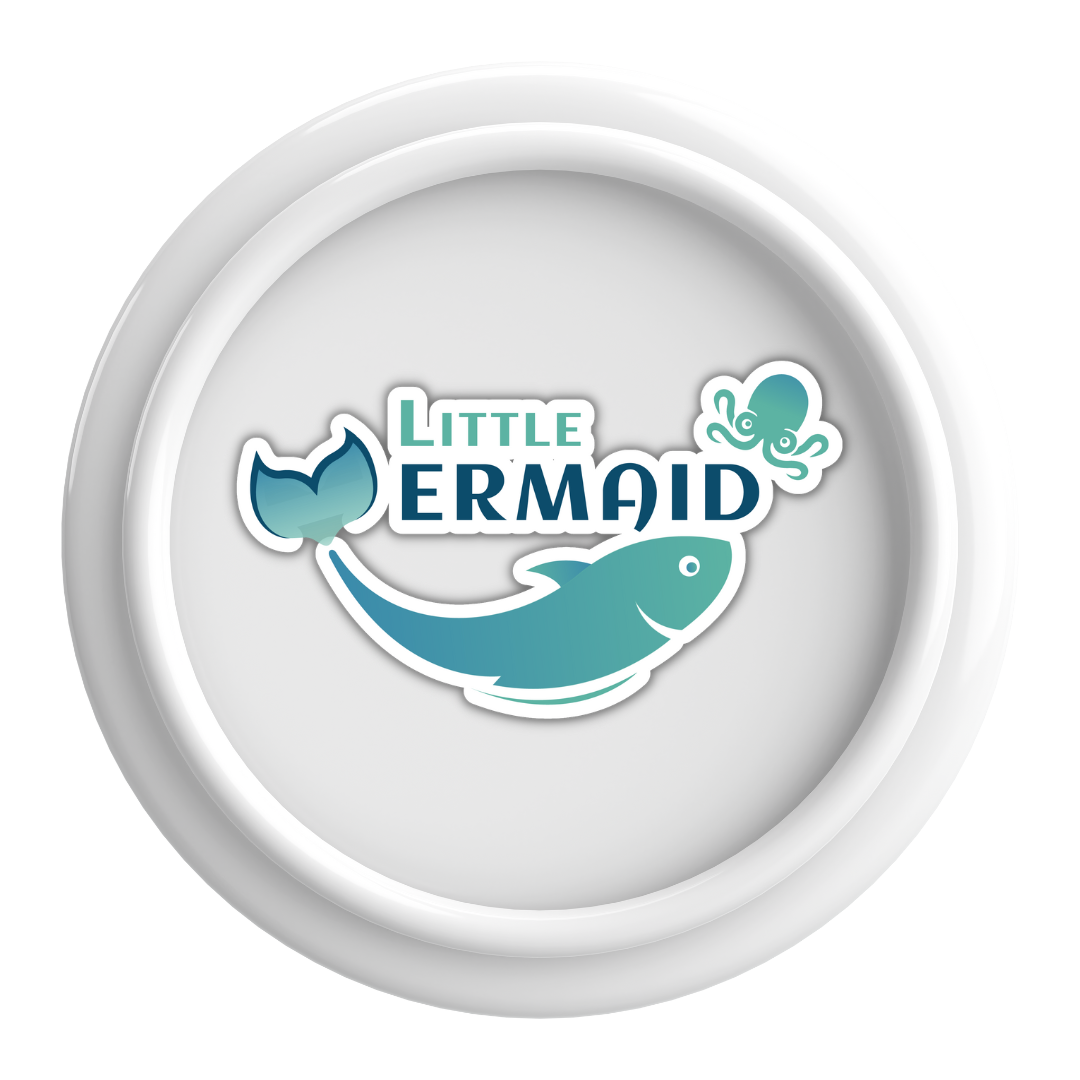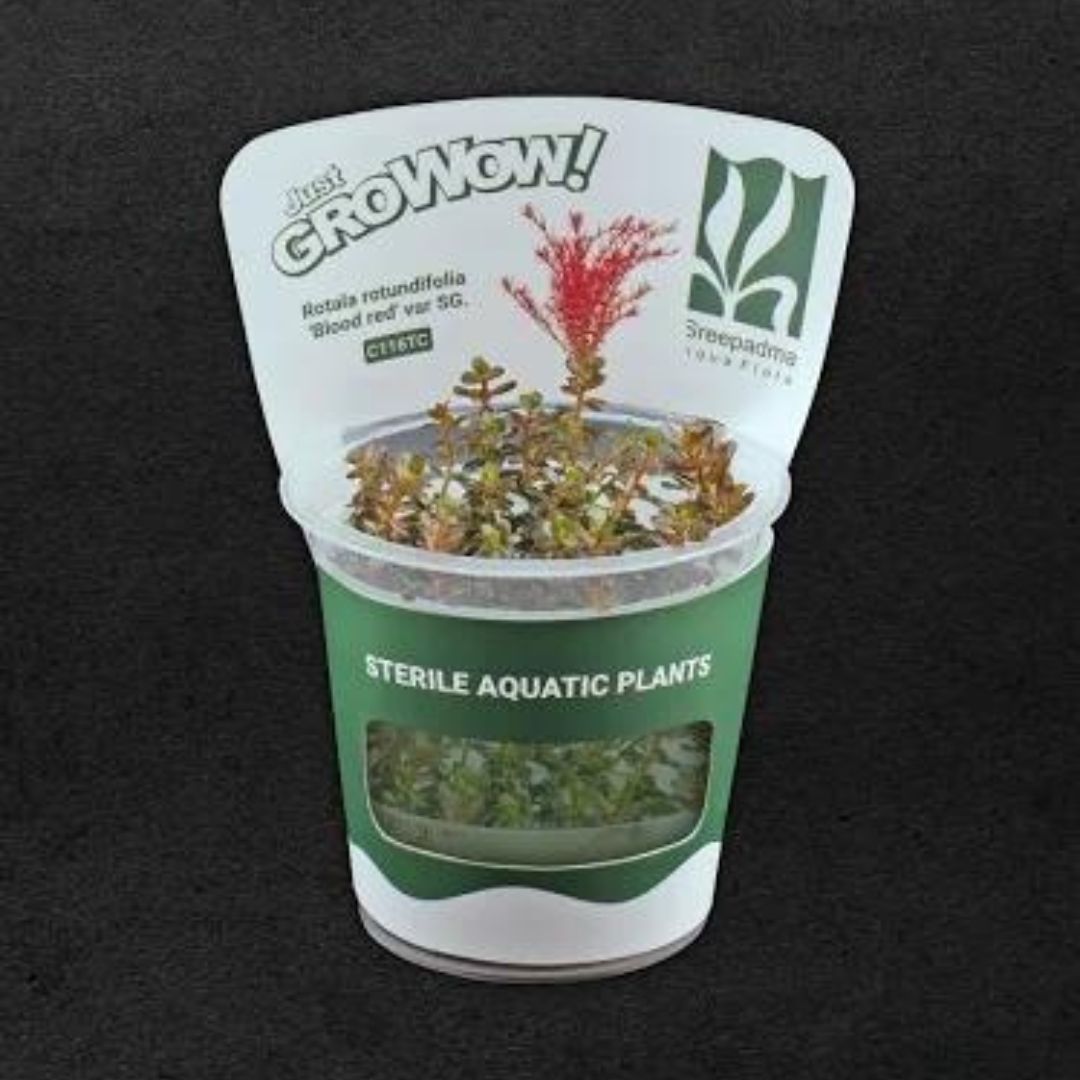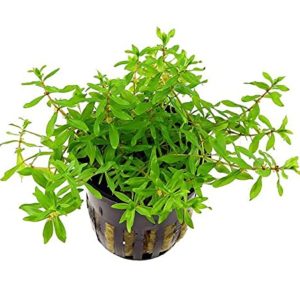Frequently Bought Together
Description
Overview: Rotala rotundifolia’ Blood red’ belongs to the Lythraceae family and is native to Southeast China. True to its name, the intense red color of the leaves is what makes it extremely attractive among aquatic plants. Even though ‘Rotala’ means ‘plant with round leaves,’ this variety is an exception due to long and narrow leaf patterns. The plant is bushy and has 15 to 30 long stems that are 2 to 3 cm wide. Since it attains a bushy structure, regular pruning is necessary to allow light to reach the lower leaves.
Unlike most other Rotala species, ‘blood red’ is undemanding. All it requires is high light conditions to bring flashy red color to its leaves. It is a fast-growing aquatic plant, suitable as a mid-ground or background plant. It brings stunning contrast with other green species in the tank and performs well under good water conditions. Rotala rotundifolia’ Blood red’ can be propagated through head cuttings or side shoots.
Advantages: Tissue culture aquarium plants are superior in quality compared to normal plants as they are developed in-vitro conditions. They are devoid of pests and infestations that can harm an already-established tank. Adding the tissue cultures version of Rotala rotundifolia’ Blood red’ is safe and risk-free.
Care: Rotala rotundifolia’ Blood red’ is a stem plant with a medium to fast growth rate. It attains good height (15 to 30 cm) under proper water conditions. The ideal temperature for ‘blood red’ is 22 to 28 degree Celsius. Additional carbon dioxide and macro and micronutrients through water will help it flourish faster.
Light requirements: To develop bright red colors, this species of Rotala requires strong light conditions. Even though it can develop well in moderate lightning as well, only strong light will help it develop flashy red color.
pH requirement: 6 to 7.5 is the perfect pH range for its survival.
Other requirements: Rotala rotundifolia’ Blood red’ grows vertically and attains bushy growth; therefore, to keep it compact, regular trimming is essential. You can use the trimmed sections of the plant for propagation.
Be the first to review “Rotala Blood Red SG Growow Tc Plant” Cancel reply





Reviews
There are no reviews yet.